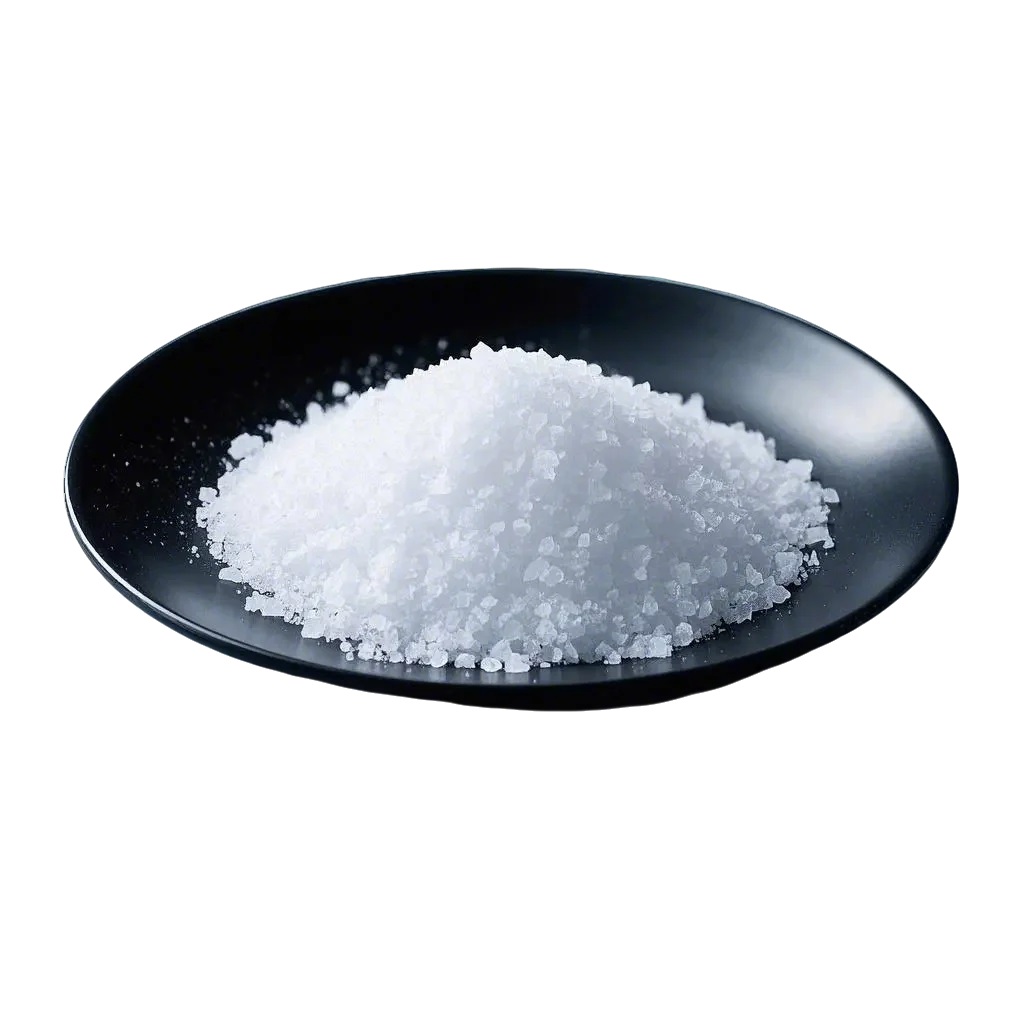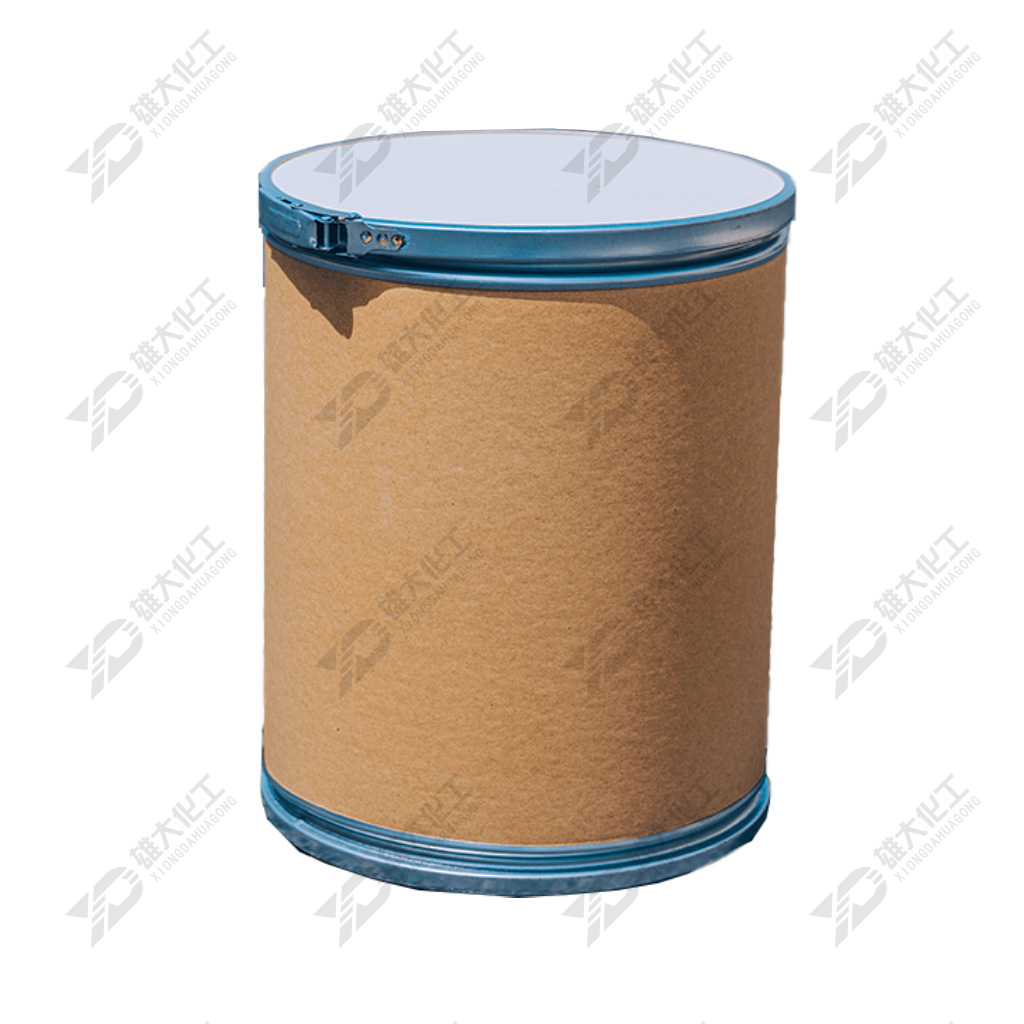Perchloric Acid HClO₄ is an inorganic acid with strong oxidizing properties and acidity. As an important...Chemical reagentsPerchloric acid plays an indispensable role in various industries. It is not only a fundamental raw material in scientific research and industrial production but also has widespread applications in fields such as biopharmaceuticals, electronics, new energy, power batteries, semiconductors, and synthetic diamonds. This article will explore the comprehensive applications and development prospects of perchloric acid in these key areas, starting from its chemical properties.
1. Basic Properties and Safety Characteristics of Perchloric Acid
The perchloric acid molecule contains one chlorine atom bonded to four oxygen atoms through strong covalent bonds, giving it its highly oxidizing properties. Due to its strong oxidizing nature, perchloric acid plays an important role in chemical reactions, particularly under high-temperature conditions, where it can rapidly decompose and release a large amount of energy.
1.1 Main Chemical Properties
- Strong Oxidizing Property:Perchloric acid is a very strong oxidizing agent that can react with many reducing substances, releasing chlorine gas, oxygen, and other gases, with very vigorous reactions. For example, when reacting with organic compounds, it can trigger violent explosions. The reaction is as follows:
3HClO₄→2HCl+2O₂+Cl₂
- Acidity:Perchloric acid has a very strong acidity and can react with most metals to form chlorides and oxides. It is capable of corroding common metal materials such as iron, aluminum, and copper.
- Decomposability:Perchloric acid decomposes at high temperatures or under certain catalytic conditions, producing chlorine gas and oxygen. This reaction is usually accompanied by the release of heat, which poses an explosion risk. The reaction equation for the decomposition of perchloric acid is:
2HClO₄→2HCl+3O₂
- Solubility:Perchloric acid can dissolve in water to form a concentrated acid solution, and it releases a large amount of heat when reacting with water. Therefore, special care must be taken when adding it to water.
1.2 Main Safety Features
Due to its strong oxidizing and corrosive properties, special attention to safety is required when using perchloric acid:
- Avoid contact with organic materials:Perchloric acid is prone to react with organic materials under high concentrations, which may lead to explosions. Therefore, it should be kept away from flammable materials.
- Protective equipment:When using perchloric acid in laboratories or industries, it is typically necessary to equip protective equipment (such as safety goggles, gloves, and corrosion-resistant clothing) and a dedicated ventilation system.
2. The application of perchloric acid in the biopharmaceutical industry.
Perchloric acid is primarily used in chemical analysis, catalysis, and synthesis in the biopharmaceutical field, making it an important reagent in the pharmaceutical manufacturing process.
2.1 Application in Drug Analysis
Perchloric acid is commonly used in the quantitative analysis of drug components, especially in titration analysis. Its strong acidity and oxidizing properties allow it to precisely decompose and measure the content of certain compounds. Specific applications include:
- Analysis of amino acids, proteins, and other biomolecules.。
- Drug testing,Perchloric acid is used to decompose complex organic compounds, releasing target compounds.
2.2 Catalyst in Drug Synthesis
The strong acidity of perchloric acid makes it a catalyst in certain drug synthesis reactions. For example, in the synthesis of antibiotics and antiviral drugs, the involvement of perchloric acid can significantly improve reaction efficiency and reduce by-product formation.
2.3 Application in Separation and Purification Processes
In pharmaceutical production, perchloric acid is also used as a reagent for the separation and purification of drug intermediates, playing a crucial role, particularly in the purification of metal-containing compounds and complex biological samples.
3. Production Methods of Perchloric Acid
The production of perchloric acid is typically carried out using the following two methods:
3.1 Chlorate Method
The chlorate method is the most commonly used industrial process for producing perchloric acid. The basic principle involves the reaction of sodium chlorate or potassium chlorate with concentrated sulfuric acid to produce perchloric acid. The reaction equation is:
2NaClO₃+2H₂SO₄→2HClO₄+Na₂SO₄+H₂O
The key to this reaction lies in the decomposition of sodium chlorate, which produces perchloric acid through heating and the action of sulfuric acid. The advantage of this method is its relatively simple reaction conditions, ease of operation, and the availability of raw materials.
3.2 Chlorine Gas Method
The chlorine method involves the reaction of chlorine and oxygen to produce hydrogen chlorate, which is further processed to obtain perchloric acid. This method is more complex but is suitable for large-scale production. The reaction equation is:
Cl₂+O₂→2ClO₂
Chloric acid and hydrogen chlorate are interconvertible, and under appropriate reaction conditions and catalysts, perchloric acid can ultimately be obtained.
Industrial Applications of Perchloric Acid
Due to its strong oxidizing properties and chemical reactivity, perchloric acid has a wide range of applications in various industrial fields, particularly in the following key areas:
4.1 Rocket Propellant
高氯酸盐(如高氯酸铵和Sodium Perchlorate)是火箭推进剂的关键成分。高氯酸盐的氧化性与燃料反应,产生强大的推力。在火箭发动机中,高氯酸盐与燃料发生剧烈反应,释放大量热量和气体,推动火箭前进。
4.2 Chemical Synthesis
Perchloric acid is widely used in organic synthesis as an oxidizing agent or catalyst in various chemical reactions. For example, it can be used to synthesize certain chlorides and oxides, and it can also enhance the reaction rate and selectivity in certain organic reactions.
4.3 Electronics Industry
The application of perchloric acid in the electronics industry mainly focuses on cleaning silicon wafers and soldering circuit boards. During the manufacturing process of electronic components, perchloric acid effectively removes oxides and contaminants from the surface of circuit boards and silicon wafers, ensuring the electrical performance and structural stability of the components.
4.4 Explosive Manufacturing
Due to its strong oxidizing properties, perchloric acid is often used in the production of certain explosives, particularly liquid explosives. It can react with reducing substances, releasing a large amount of energy, and is therefore commonly used in the manufacture of gunpowder, fireworks, and other pyrotechnic products.
4.5 Pharmaceutical Industry
Perchloric acid is mainly used in the pharmaceutical industry for the synthesis of important chemical intermediates. Its strong oxidizing properties enable it to react with various organic molecules, facilitating the preparation of new chemical compounds.
5. Safety Management of Perchloric Acid
Due to its strong oxidizing and corrosive properties, safe handling of perchloric acid is crucial. Improper use may lead to serious accidents such as explosions and fires. Therefore, strict safety measures must be taken during production, storage, and transportation.
5.1 Storage Safety
Perchloric acid should be stored in dedicated corrosion-resistant containers, such as those made of polyethylene or polypropylene. The storage environment must be well-ventilated, and contact with flammable materials, reducing agents, and other reactive substances should be avoided to prevent reactions. Temperature control is also essential during storage to prevent the decomposition of perchloric acid.
5.2 Transportation Safety
During transportation, perchloric acid should be transported using specialized vehicles to ensure that the containers are properly sealed to prevent leakage. It is prohibited to come into contact with flammable or explosive substances, and specific protective measures must be implemented. Hazardous material labels should be clearly displayed during transportation, and the transportation route should avoid densely populated areas.
5.3 Operational Safety
When handling perchloric acid, operators must wear appropriate personal protective equipment, including safety goggles, protective gloves, and corrosion-resistant protective clothing. Additionally, the work area must be equipped with emergency showers, eye wash stations, and other first aid facilities. Operators should avoid contact between perchloric acid and flammable or explosive substances to reduce the risk of accidents.
5.4 Emergency Response
In the event of a leak or fire, appropriate emergency measures should be taken immediately. For perchloric acid leaks, rinse with large amounts of water to prevent reactions with other chemicals. In case of a fire, use a dry chemical fire extinguisher or carbon dioxide fire extinguisher to extinguish the flames.
Conclusion
Perchloric acid, as an important chemical reagent, plays a crucial role in various industries.
From biopharmaceuticals to industrial manufacturing, and from propellants to the electronics industry, an increasing number of fields rely on the chemical properties and applications of perchloric acid.
However, due to its strong oxidizing and corrosive properties, ensuring its safe use and management is equally crucial.
Copyright: The copyright of the article belongs to the author. Please do not reprint without permission.
"Please indicate the source when reprinting." https://www.xdhg008.com/1291.html






No comments yet, be the first to reply!